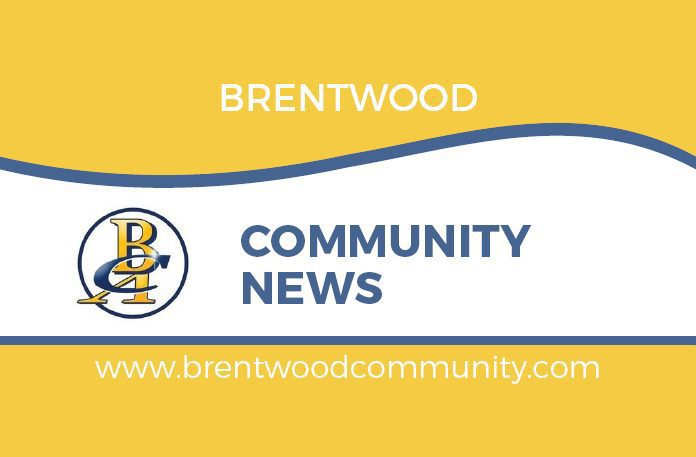by Rosemary Brown
For those interested in education in this country, I highly recommend Valley of the Bird Tail: An Indian Reserve, A White Town and Reconciliation. This 2022 non-fiction work is co-authored by Andrew Stobo-Sniderman and Douglas Sanderson (Amo Binashi). Strobo-Sniderman is a lawyer and journalist from Montreal. After beginning this book, he reached out to Sanderson, his former mentor in the Faculty of Law at the University of Toronto and a member of the Opaskwayak Cree nation in western Manitoba, to collaborate with him.
The reserve in the title, the small Ojibway community of Waywayseecappo, signed onto Treaty 4 in 1877. Across the Bird Tail River lies the small town of Rossburn, originally settled by English farmers. Towards the end of the 19th century the federal government launched a major campaign to attract immigrants, especially Ukrainians, to “settle” and farm the prairies. Due to land shortages and repression in Russia, one million Ukrainians came to Canada, many settling near Rossburn.
Despite their proximity, Waywayseecappo and Rossburn were socially isolated from one another. White people held racist attitudes and assumptions about their Indigenous neighbours, while in Rossburn itself a social hierarchy existed with the English on top and the Ukrainians on the bottom, subjected to discrimination: during World War II many Ukrainians were detained and had their voting rights revoked.
The book follows several generations of a family from Waywayseecappo and a Ukrainian family from Rossburn, interspersed with biographical sketches of several federal politicians and bureaucrats in order to show the impact of government policies on Waywayseecappo.
Residential schools were created to remove Indigenous children from their families, communities, and cultures. However, over time the schools became increasingly expensive to run due to the increasing number of Indigenous children attending; the phasing out of the residential school system, and the creation of government-run day schools, was driven by a desire to spend less on the education of Indigenous children. This was also the motive behind the shift from day schools to integrated schools off reserve.
The children of Waywayseecappo experienced all of these policy shifts. At first the community supported sending their children to an integrated school in Rossburn, as the quality of education in the federal day school was so poor. However, in 1982, because of the discrimination faced by their children, the community withdrew their children from the school in Rossburn and set up their own school in an old arena in Waywayseecappo.
Federal government funding for this school was insufficient, so while students no longer faced discrimination, their educational needs were not being met. Waywayseecappo was not able to hire enough teachers and those they attracted were often poorly qualified. As a result, classrooms were overcrowded, and turnover was an ongoing issue. The dropout rate was high, students were not reading at grade level, and those who made it to the high school in Rossburn found themselves far behind their white counterparts and most never finished.
This was the situation when Troy Luhowy became principal of the school in Waywayseecappo in 2010. Of Ukrainian heritage, when he analyzed his budget and compared it to provincial public schools, it became clear that the province of Manitoba invested far more in public education than the federal government did in on-reserve education. Furthermore, the federal dollars that followed students from Waywayseecappo when they attended high school in Rossburn did not match what the province was investing. The Band Council had to make up the difference, which constituted a further drain on the community.
Soon after his appointment, Luhowy and Colleen Clear Sky, the Director of Waywayseecappo Education, approached the local school district, and together they sat down with representatives of the Federal and Provincial government to develop a project to test what would happen if Indigenous students received the same funding as their provincial counterparts.
As rural populations were declining, the public school district was losing provincial funding; meanwhile the population of Waywayseecappo was increasing, so bringing Waywayseecappo into the local school district would address this revenue shortfall.
Since that time the school in Waywayseecappo has been able to recruit more and better qualified teachers and reduce class sizes. As students are now part of the local school district, they can access sports opportunities, counselling, computers, and other specialized programs.
Reading levels have improved, there are fewer “incidents” at school, attendance has improved, and Ojibway language and culture classes have been introduced. Throughout the school district, Maureen Twovoices of Waywayseecapo leads workshops on Indigenous history and culture, but there is still a long way to go to improve relations among Indigenous and non-Indigenous people in the area.
The authors end the book with a discussion of how Indigenous communities could become more self-sufficient and less reliant on government funding. They believe that increasing Indigenous jurisdictional control over land, resources, and taxation—thereby breathing life into self determination and self government—is the only way to move towards true Reconciliation.
Click here to the Brentwood Community News home page for the latest Brentwood community updates.










